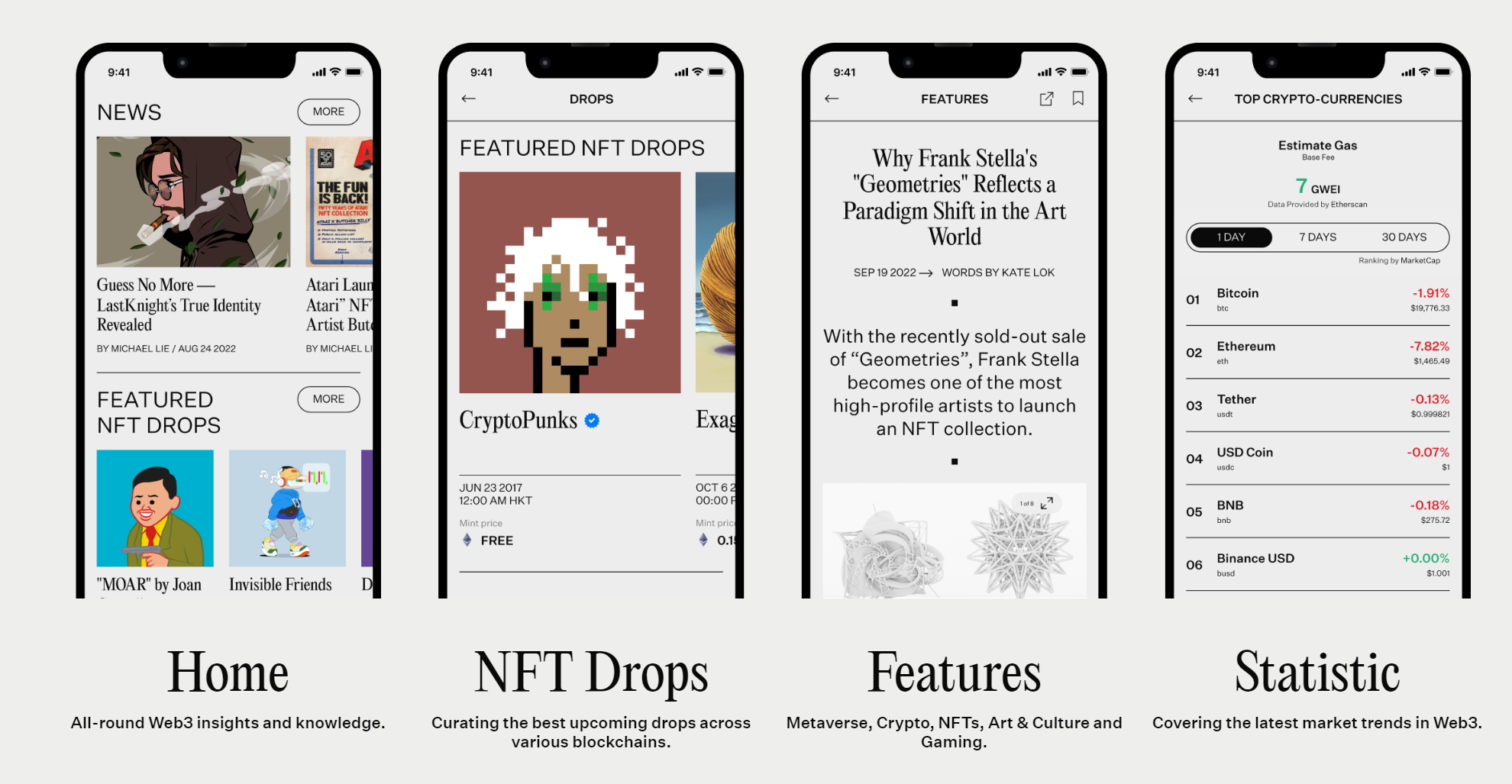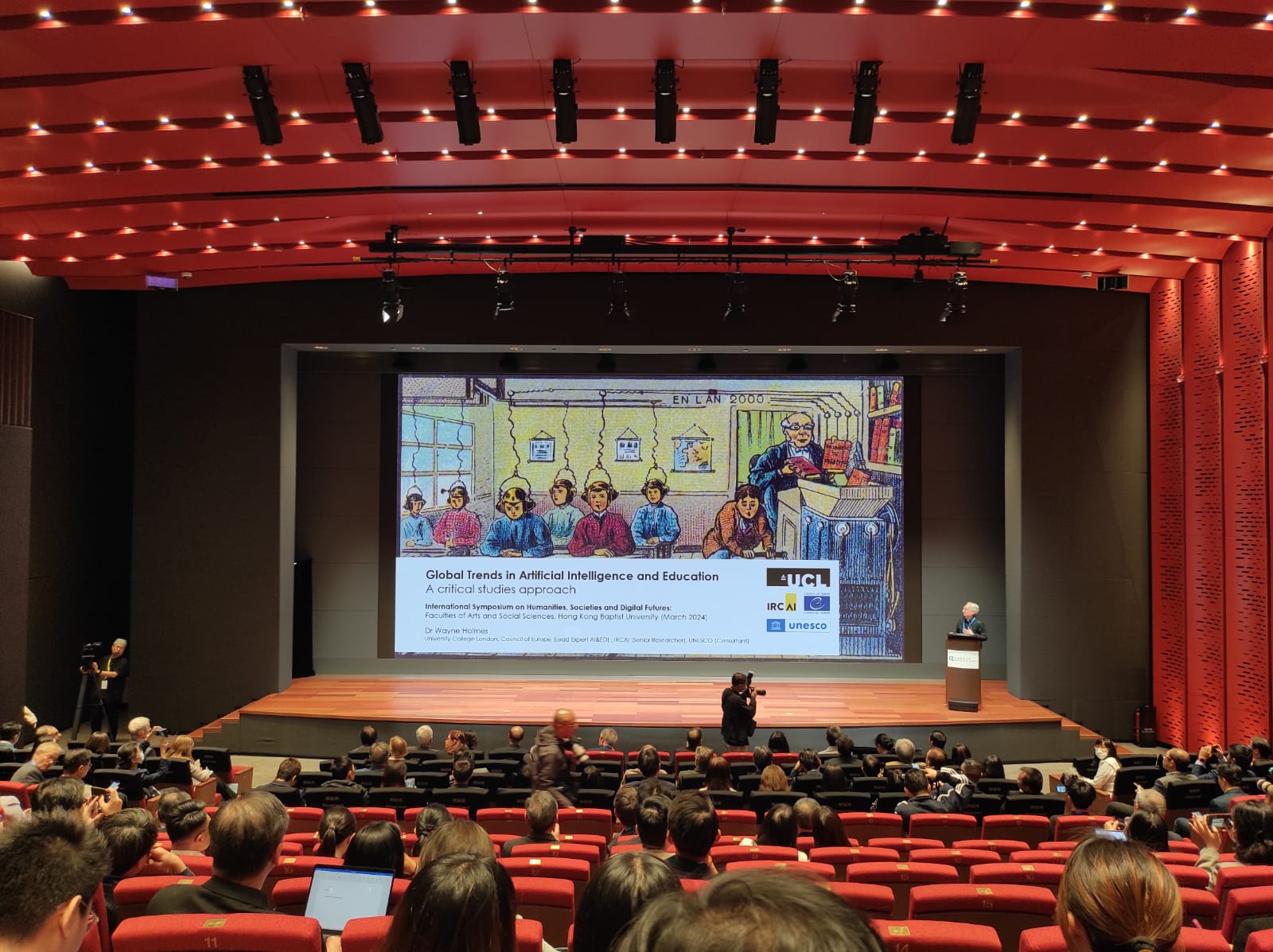Revolutionizing Smart City Solutions and Design Thinking with AGI for Enhanced Student Learning Outcomes

Photo Source: Xpression Camera
In today’s rapidly advancing technological landscape, Artificial General Intelligence (AGI) has emerged as a transformative force with the potential to revolutionize various domains, including smart city solutions and education. By harnessing the power of AGI, we can create innovative approaches to designing smart cities solution that prioritize student learning outcomes. This post explores the possibilities of using AGI to shape smarter cities for better educational experiences and highlights how it can enhance the design thinking process.
- Understanding AGI and Its Potential:
Artificial General Intelligence refers to highly advanced systems capable of performing intellectual tasks at a level equal to or surpassing human capabilities. By leveraging AGI, we can unlock new possibilities for designing smart city solutions that directly impact student learning outcomes. AGI’s ability to process vast amounts of data, analyze complex patterns, and make informed decisions can significantly enhance the educational environment within smart cities. - Designing Smarter Cities for Student Learning:
AGI can be harnessed to design smart city solutions that prioritize student learning outcomes. For example:
a. Personalized Learning: AGI-powered systems can adapt educational content and methodologies to suit individual student needs, fostering personalized learning experiences.
b. Intelligent Tutoring: AGI algorithms can act as intelligent tutors, providing real-time feedback, guidance, and adaptive learning pathways to students.
c. Smart Infrastructure: AGI can optimize the allocation of educational resources, such as classrooms, libraries, and laboratories, based on real-time data analysis, ensuring efficient utilization and improved access. - Enhancing the Design Thinking Process:
Design thinking is a human-centered approach that encourages innovation and problem-solving. AGI can augment the design thinking process in several ways:
a. Data-driven Insights: AGI’s data processing capabilities can generate valuable insights about students’ needs, preferences, and learning patterns, informing the design process.
b. Scenario Simulations: AGI can simulate various scenarios and their potential impact on student learning outcomes, enabling designers to make informed decisions.
c. Rapid Prototyping: AGI-powered tools can facilitate rapid prototyping and iterative design cycles, allowing designers to experiment, gather feedback, and refine their solutions more efficiently. - Ethical Considerations and Data Privacy:
While leveraging AGI for smart city solutions and student learning outcomes, it is crucial to address ethical considerations and data privacy concerns. Strict regulations, transparency, and robust security measures must be in place to protect sensitive student information and ensure the responsible use of AGI technologies. - Collaboration and Stakeholder Engagement:
To harness the full potential of AGI for designing smart city solutions and enhancing student learning outcomes, collaboration among diverse stakeholders is essential. Educational institutions, government bodies, technology experts, and students themselves should actively participate in the design process, fostering a collective vision for smarter cities that prioritize education.
As a conclusion, AGI presents an unprecedented opportunity to transform smart city solutions and improve student learning outcomes. By leveraging AGI’s capabilities, we can design personalized learning experiences, optimize educational resources, and enhance the design thinking process. However, it is crucial to proceed with caution, considering ethical implications and data privacy concerns. Through collaborative efforts and a human-centered approach, AGI can pave the way for smarter cities that truly prioritize education and empower students to thrive in the digital age.










